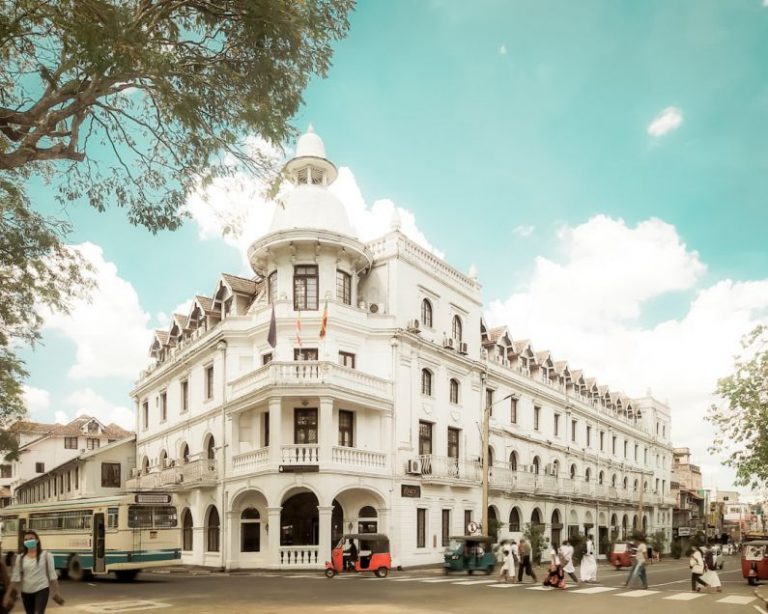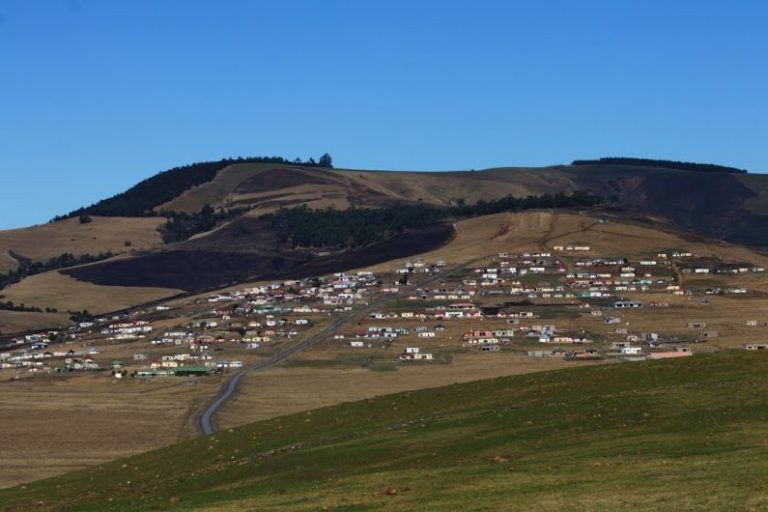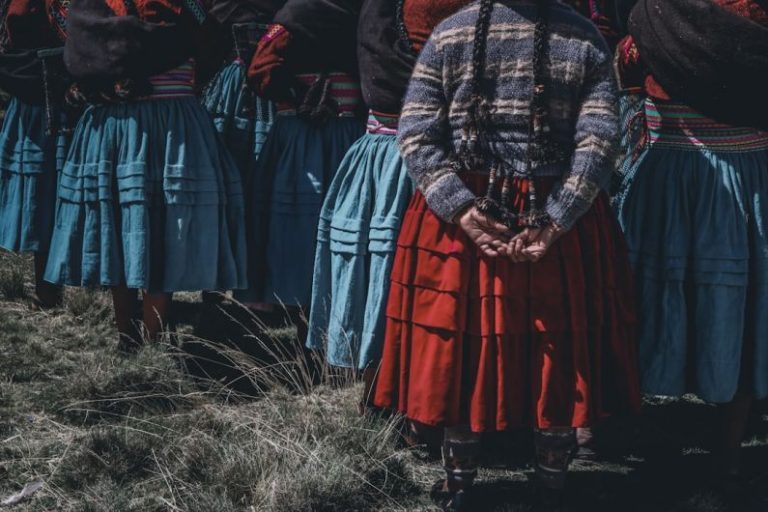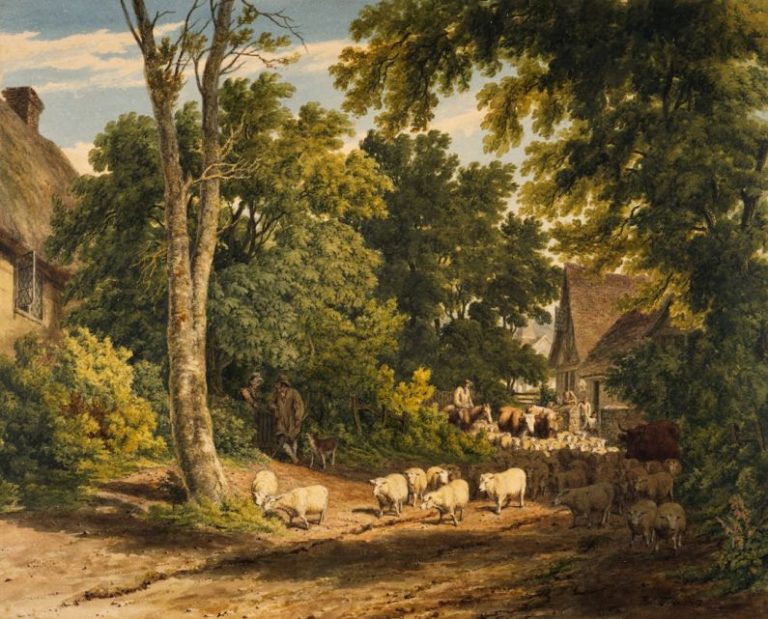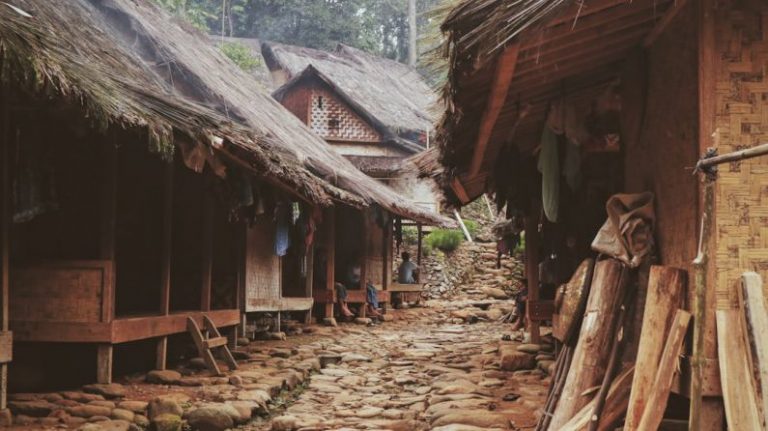What Are the Culinary Traditions of Brazilian Villages?

Brazil is a country known for its vibrant culture, diverse landscapes, and delicious cuisine. While many people are familiar with popular Brazilian dishes like feijoada and brigadeiro, the culinary traditions of Brazilian villages offer a unique glimpse into the rich tapestry of flavors and ingredients that make up the country’s food culture.
Exploring the culinary traditions of Brazilian villages provides a fascinating look into the ways in which local ingredients, cooking techniques, and cultural influences come together to create dishes that are both delicious and deeply rooted in tradition.
**The Importance of Community**
In Brazilian villages, food is more than just sustenance—it is a way to bring people together and strengthen community ties. The act of cooking and sharing meals is a communal experience that is cherished and celebrated in village life. Whether it’s a simple meal cooked over an open flame or a more elaborate feast prepared for a special occasion, food plays a central role in village life, fostering connections and creating a sense of belonging among residents.
**Local Ingredients and Flavors**
One of the defining features of Brazilian village cuisine is the use of fresh, locally sourced ingredients. Villagers often grow their own fruits, vegetables, and herbs, and many rely on fishing, hunting, and foraging to supplement their diets. This emphasis on fresh, seasonal ingredients results in dishes that are bursting with flavor and nutrition.
From the tropical fruits of the Amazon rainforest to the fresh seafood of the coastal regions, Brazilian villages showcase the incredible diversity of flavors that can be found across the country. Dishes are often simple yet flavorful, allowing the natural tastes of the ingredients to shine through.
**Traditional Cooking Techniques**
In Brazilian villages, traditional cooking techniques are passed down from generation to generation, preserving age-old methods and recipes that have been used for centuries. Whether it’s the slow simmering of a stew over a wood fire or the careful hand-rolling of dough for pastries, these techniques reflect the resourcefulness and ingenuity of village cooks.
Many villages also have unique cooking implements that are central to their culinary traditions. Clay pots, wood-fired ovens, and hand-carved utensils are just a few examples of the tools that are used to prepare traditional dishes in Brazilian villages. These tools not only add to the authenticity of the cooking process but also contribute to the rich cultural heritage of village cuisine.
**Celebrating Festivals and Special Occasions**
In Brazilian villages, food plays a central role in celebrating festivals, holidays, and other special occasions. These events often feature an array of traditional dishes that are prepared with care and shared with friends and family. From street fairs to religious celebrations, food is a way to honor the past, connect with loved ones, and create lasting memories.
**Preserving Culinary Heritage**
As modernization and globalization continue to influence Brazilian society, many villages are working to preserve their culinary heritage and traditions. Local food festivals, cooking classes, and community gardens are just a few of the ways in which villagers are keeping their culinary traditions alive for future generations.
**In Summary**
The culinary traditions of Brazilian villages offer a unique window into the country’s rich and diverse food culture. From the importance of community and the use of local ingredients to traditional cooking techniques and the celebration of festivals, village cuisine reflects the deep connections between food, culture, and identity. By exploring these culinary traditions, we not only gain a greater appreciation for the flavors and ingredients that make up Brazilian cuisine but also a deeper understanding of the role that food plays in shaping communities and preserving heritage.
